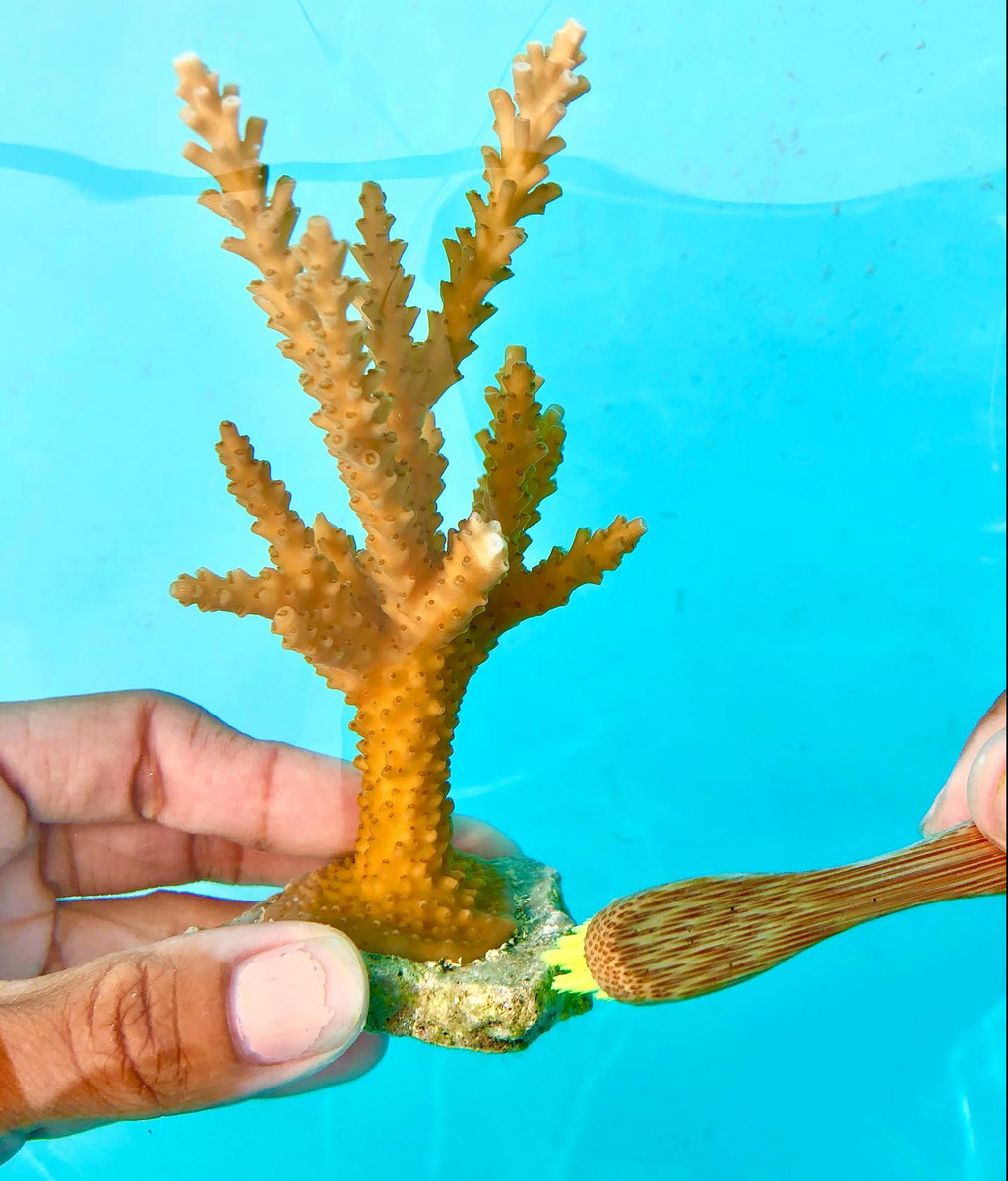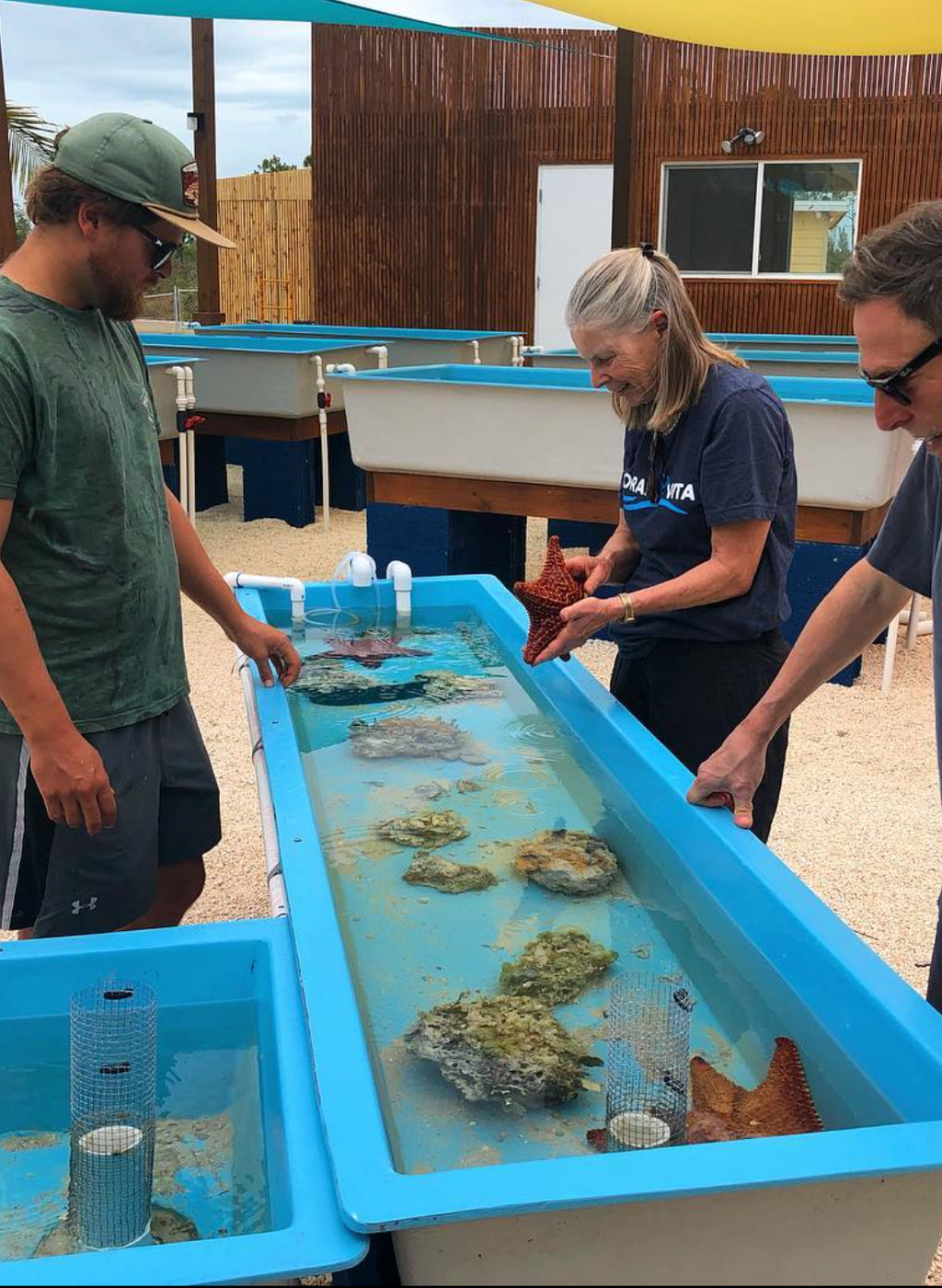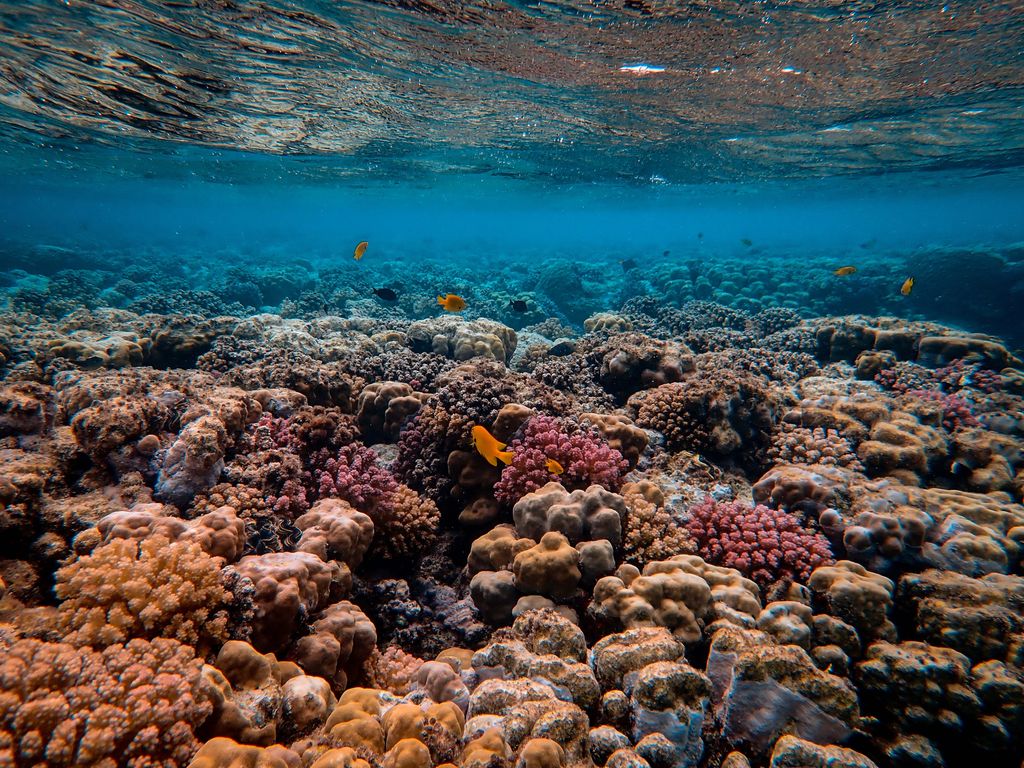5 Mins Read
Coral Vita, a company that grows corals to restore dying reefs recently raised US$2 million in a seed round in order to modernize both coral restoration techniques and the economy surrounding them.
Co-founded by friends Sam Teicher and Gator Halpern, the Bahamas-based Coral Vita recently raised US$2 million in a seed round to showcase a global model for its coral reef restoration programme. The seed round was led by environment-focused Builders Collective, Apollo Projects’ Max Altman and baseball’s Max and Erica Scherzer, who also participated in the round.
In the pre-seed round, investors such as the Sustainable Ocean Alliance, Tom Chi, Adam Draper, Yale University, and Sven and Kristin Lindblad offered their support.
Apart from being the base for some of the most diverse natural ecosystems in the world, coral reefs help to protect coastlines from damaging extreme wave actions as well as provide habitats and shelter for marine life.
We decided rather than just rebuilding our pilot farm to that pilot level, we’d just take the next step forward in our journey. We really believe this is an opportunity to jump start a restoration economy.
Sam Teicher, Co-founder and Chief Reef Officer
According to the US National Oceanic and Atmospheric Administration (NOAA), coral reefs generate around US$30 billion every year through fisheries, tourism, and coastal protection. In addition, they are responsible for creating 15% of over two dozen countries’ GDP, thus providing food security for millions of people living in tropical coastal zones, buffering coastlines for storm surges and erosion and reducing wave energy by up to 97%.
Coral Vita is focused on restoring coral reefs, which involves moving away from ocean-based farms to land facilities that allow for improved yield and a higher survival rate through advanced techniques that help speed up the growth of the corals.
One of these techniques includes coral microfragmenting, which is developed by the restoration community whereby corals are broken up into small pieces so that they can grow approximately 50 times faster and by having this process on land, the community can have greater control over the coral’s features.
When you think about the scale of the problem — half the world’s reefs are dead and 90% of the other half are predicted to die in the next 30 years — relying on underwater facilities alone isn’t possible
Sam Teicher, co-founder and Chief Reef Officer
In an interview with TechCrunch, Sam Teicher, Coral Vita co-founder and Chief Reef Officer said the startup is committed to pursuing restoration on a larger scale. “We decided rather than just rebuilding our pilot farm to that pilot level, we’d just take the next step forward in our journey. We really believe this is an opportunity to jump start a restoration economy.”

In Coral Vita’s farms, reef restoration looks like an underwater garden near the shore, with floating ropes and structures on which coral fragments are grown that are harvested once in a while and subsequently transported to regions that are in need of young, healthy corals.
Elaborating on why Coral Vita’s technology is so timely, Teicher talked about the vast devastation that has occurred across global coastlines. “When you think about the scale of the problem — half the world’s reefs are dead and 90% of the other half are predicted to die in the next 30 years — relying on underwater facilities alone isn’t possible.”
Currently, the project’s main source of income is limited to government money rather than private funds. Coral Vita aims to change this by diversifying and increasing supply and income, with funds being directed to communities that are affected.
Teicher explained how the restoration model has got tanks on land with clean sea water pumping through and the ability, among other things, to control conditions. “So if you think of what it’ll be like off the coast of Grand Bahama in 40-50 years, we can essentially simulate that to harden the corals against those conditions. Up front, an ocean-based nursery is much cheaper, but when you start thinking about the need to grow millions or billions of corals around the world, land-based facilities start to look a lot more realistic. The cost goes down with scale, too — ocean-based nurseries go to about US$30-$40 per coral; we can get it down to US$10 as we get up to a hundred or a thousand tanks.”

When lockdowns were imposed, Coral Vita expanded its ‘Adopt A Coral’ campaign to extend its support to local operations.
“We’re trying to transform the space away from grants and aid — we’re selling to customers that depend on the ecosystems of reefs. If you’re a hotel that relies on scuba or snorkel tourists, if you’re a coastal property owner or insurer, a government, a development bank, a cruise line, you can hire Coral Vita to restore the reefs that you depend on,” stated Teicher.
With lockdowns being eased around the world, the organisation is looking forward to welcome back people on coral farms and support local communities through funds obtained from eco-tourism.
Up front, an ocean-based nursery is much cheaper, but when you start thinking about the need to grow millions or billions of corals around the world, land-based facilities start to look a lot more realistic. The cost goes down with scale, too — ocean-based nurseries go to about US$30-$40 per coral; we can get it down to US$10 as we get up to a hundred or a thousand tanks
Sam Teicher, Co-founder and Chief Reef Officer
Teicher mentioned about how the money raised in the seed round will help build technology that will greatly benefit the coral reefs. “What we’re trying to do with this round is to make advances to science and engineering, including 3D printing and robotics in the process. We’re launching R&D projects not just for restoration but protection. We’re at a point where we need to rethink adaptation and how to fund it. The two-year plan is to launch more farms in other countries — ultimately we want them in every nation with reefs and for this to be the biggest coral farm that ever existed.”
In August last year, marine scientists and architects at the University of Hong Kong (HKU) designed a 3D printed artificial ‘reef tiles’ customised for coral attachment to help repopulate coral communities.
In 2019, scientists published a paper in Nature Communications, the findings of which showed that by playing sounds through underwater loudspeakers, coral reefs can be conserved and restored back to life.
Lead image courtesy of Francesco Ungaro/Unsplash.




